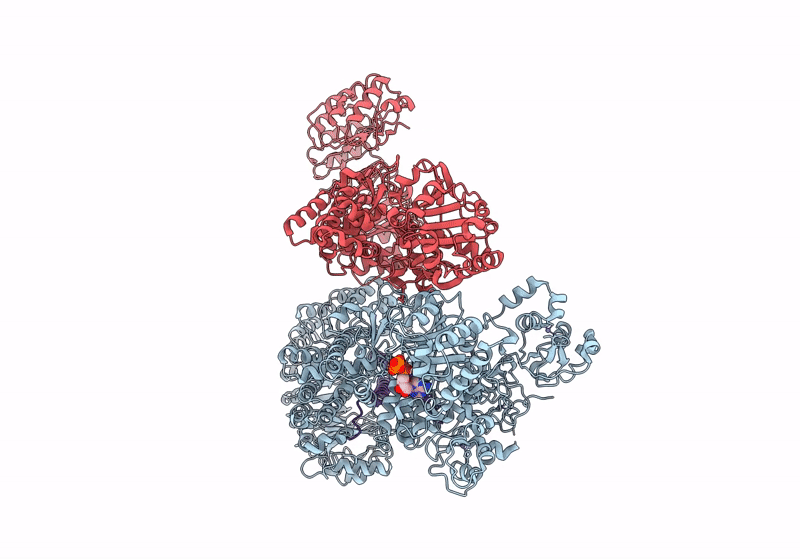
Deposition Date
2023-01-19
Release Date
2024-01-03
Last Version Date
2024-01-31
Entry Detail
Biological Source:
Source Organism:
Homo sapiens (Taxon ID: 9606)
Bacillus anthracis (Taxon ID: 1392)
Burkholderia (Taxon ID: 32008)
Bacillus anthracis (Taxon ID: 1392)
Burkholderia (Taxon ID: 32008)
Host Organism:
Method Details:
Experimental Method:
Resolution:
3.60 Å
Aggregation State:
PARTICLE
Reconstruction Method:
SINGLE PARTICLE


